How Source Tomato Sauce Manufacturers Ensure Quality Stability: A Comprehensive Analysis of Achieving Superior Quality
1. Strict Control of High-Quality Raw Materials: The Foundation of Quality Stability
Careful Selection of Tomato Varieties
Different tomato varieties vary in sugar content, acidity, pectin content, and color. Manufacturers select the most suitable tomato varieties based on the desired flavor profile and processing requirements of the target product. For example, some varieties may be better suited for producing high-solids concentrated tomato paste, while others are more suitable for making fresh-tasting tomato sauce.
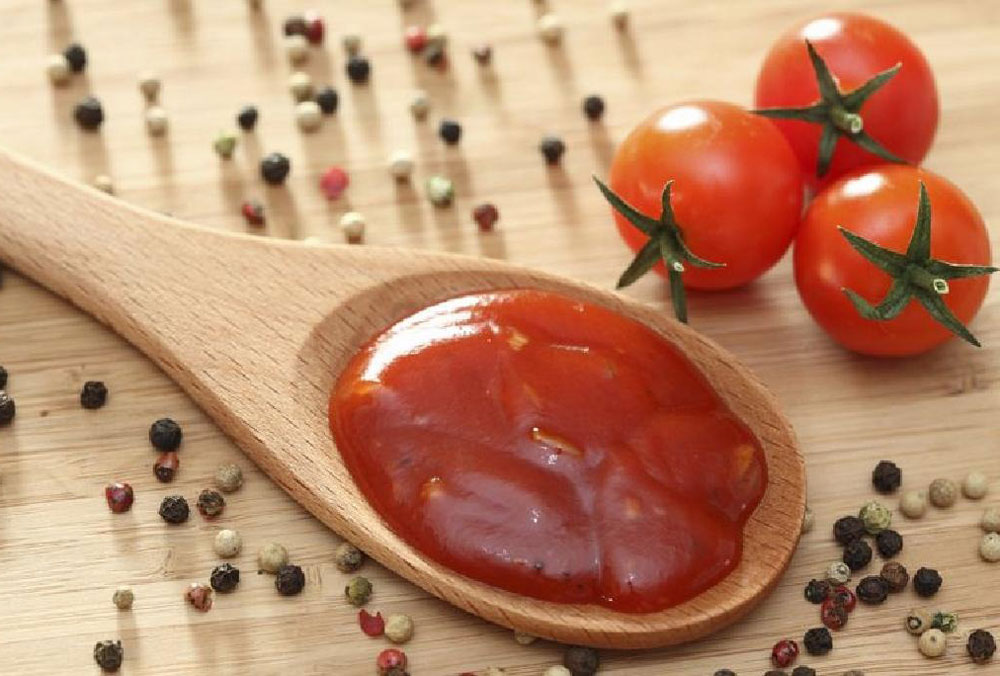
Standardized Planting and Harvesting Management
To ensure tomato quality and yield, manufacturers typically collaborate with contracted farmers or their own farms to implement standardized planting management. This includes scientific fertilization, pest and disease control, and irrigation management to ensure healthy tomato growth. In the harvesting stage, strict control over the harvesting time ensures that tomatoes are picked at their optimal ripeness, when their sugar and flavor compound content is highest.
Rigorous Initial Inspection and Sorting
After harvesting, tomatoes undergo immediate initial inspection and sorting to remove damaged, rotten, unripe, or overripe fruits. This step is crucial for preventing substandard raw materials from entering the production process, effectively reducing the risk of quality issues in subsequent production.
Comprehensive Quality Testing of Raw Materials
Visual Inspection
Checking the color, shape, size, and whether the tomatoes meet the standards, and if there are any signs of mechanical damage or pests and diseases.
Physicochemical Index Testing
Testing the pH value, soluble solids (Brix value, mainly reflecting sugar content), total acidity, vitamin C content, and other indicators of the tomatoes to ensure they meet production requirements.
Pesticide Residue Testing
Conducting pesticide residue testing on each batch of tomatoes to ensure compliance with relevant national and international food safety standards.
Microbiological Testing
Testing the number of microorganisms on the surface of the tomatoes to assess their freshness and hygiene.
2. Refined Production Process Control: The Core of Ensuring Quality Stability
Thorough Cleaning and Sorting
Tomatoes that have passed the initial inspection undergo multiple cleaning processes to remove surface soil, impurities, and pesticide residues. After cleaning, the tomatoes are inspected again manually or automatically to remove any remaining substandard fruits.
Efficient Crushing and Pulping
Qualified cleaned tomatoes are fed into a crusher for crushing and then passed through a pulper to separate the tomato flesh and seeds, yielding tomato pulp. The equipment performance and operating procedures at this stage directly affect the fineness and texture of the tomato sauce.
Precise Heating and Enzyme Deactivation
The tomato pulp is rapidly heated to a specific temperature to deactivate enzymes within it, preventing browning and flavor deterioration, and preserving the color and flavor of the tomato sauce. The heating temperature and time need to be precisely controlled to achieve the best enzyme deactivation effect.
Efficient Concentration and Evaporation
To increase the solid content of the tomato sauce and remove excess water, the tomato pulp enters vacuum concentration equipment for evaporation. The vacuum environment lowers the boiling point of water, allowing concentration to occur at a lower temperature, reducing damage to the tomato flavor and nutritional components. The degree of concentration needs to be strictly controlled to meet the target product's solid content requirements.
Scientific Ingredient Addition and Mixing
According to different product recipes, ingredients such as sugar, salt, vinegar, and spices are added to the concentrated tomato pulp. The type, ratio, and order of addition of ingredients all need to undergo strict verification and control to ensure that the final product's flavor and taste meet the standards. The mixing process needs to be uniform to ensure all ingredients are fully dissolved and dispersed.
Strict Pasteurization or High-Temperature Sterilization
To ensure the food safety of the tomato sauce and extend its shelf life, the product needs to undergo sterilization treatment. Common methods include pasteurization (suitable for acidic foods) or high-temperature sterilization (suitable for products requiring a longer shelf life). The sterilization temperature and time are critical parameters that must be strictly followed according to process requirements to kill any potentially present pathogenic and spoilage bacteria.
3. Comprehensive Quality Control Measures: Throughout Every Stage of Production
Comprehensive Sensory Testing
Sensory tests are conducted at various stages of production, including evaluating the color, aroma, taste, and texture of the tomato pulp, semi-finished products, and finished products to ensure they meet the standards.
Real-time Monitoring of Key Physicochemical Indicators
Key physicochemical indicators such as pH value, Brix value, viscosity, and color are monitored and recorded in real time. If any deviation is found, immediate corrective actions are taken. Modern production lines are often equipped with online testing equipment for automated monitoring.
Strict Microbiological Testing
During the production process, samples are taken from key stages for microbiological testing, including total bacterial count, coliforms, molds, and yeasts, to promptly detect and control microbial contamination.
Foreign Material Control and Metal Detection
Various measures are taken on the production line to prevent foreign materials from entering the product, such as installing filters and magnetic bars at critical points. High-sensitivity metal detectors are also used to inspect the finished products to ensure they are free of metal foreign bodies.
Quality Inspection of Packaging Materials
The bottles, cans, pouches, and other materials used for packaging tomato sauce must comply with food safety standards and undergo strict quality inspection, including tests for sealing performance, pressure resistance, and material safety.
Filling and Sealing Quality Control
The accuracy of the filling volume and the tightness of the seal directly affect the product quality and shelf life. Manufacturers regularly check the filling volume and conduct rigorous sealing tests to ensure the product does not leak or become contaminated.
Standardized Inspection of Labeling
The information on the product label (such as product name, specifications, ingredient list, production date, shelf life, manufacturer information, etc.) must be accurate, complete, clear, and comply with relevant laws and regulations.
4.完善的质量管理体系和认证:国际标准的保障
HACCP (Hazard Analysis and Critical Control Points) System
The HACCP system is a preventive food safety management system that ensures product safety by identifying, evaluating, and controlling critical hazards in the food production process. Implementing a HACCP system is a crucial means of ensuring the quality and safety of tomato sauce.
GMP (Good Manufacturing Practices) System
The GMP system sets out standard requirements for all aspects of the food production process, including factory facilities, equipment, personnel, hygiene control, production management, and quality control, and is the foundation for ensuring food quality.
ISO 9001 Quality Management System
The ISO 9001 standard is an internationally recognized quality management system standard that helps companies continuously improve product and service quality by establishing and maintaining an effective quality management system.
Food Safety Certifications (e.g., FSSC 22000, BRCGS, SQF)
These are internationally recognized food safety management system certification standards. Obtaining these certifications indicates that the company has reached an internationally advanced level in food safety management and can provide consumers with safe and reliable products.
5. Traceability and Recall Systems: Addressing Potential Risks
Batch Management and Traceability System
Manufacturers implement batch management for each batch of tomato sauce, recording its production date, raw material batch numbers, critical production process parameters, quality inspection results, and other information. By establishing a comprehensive traceability system, if a quality issue occurs, the source and scope of the affected products can be quickly and accurately traced.
Raw Material Supplier Management
For auxiliary raw materials such as sugar, salt, vinegar, and spices, manufacturers also establish a strict supplier management system to evaluate and monitor the qualifications and product quality of suppliers, ensuring the stability of raw material quality.
Finished Product Recall Procedures
Manufacturers develop detailed finished product recall procedures. If a product safety hazard or quality issue is discovered, the recall procedures can be quickly activated to promptly notify distributors and consumers, minimizing losses.
6. Continuous Employee Training and Strict Hygiene Management: The Crucial Role of Human Factors
Regular Employee Training
Manufacturers regularly train employees on food safety, quality control, and operating skills to enhance their quality awareness and operational proficiency.
Strict Hygiene Management System
Establish and strictly enforce employee personal hygiene management systems, including the wearing of work clothes, hand hygiene, and health checks, to prevent human contamination.
Cleaning and Disinfection of the Production Environment
Regularly clean and disinfect production workshops, equipment, and tools to maintain a hygienic production environment and prevent microbial contamination.
7. Continuous Improvement and Data Analysis: Pursuing Excellence in Quality
Data Collection and Analysis
Collect key data from the production process, such as raw material quality indicators, production parameters, quality inspection results, and customer feedback, and perform statistical analysis to identify key factors affecting quality.
Root Cause Analysis
For any quality issues that arise, conduct in-depth root cause analysis to identify the underlying causes of the problems and develop corresponding improvement measures.
Corrective and Preventive Actions (CAPA)
Develop and implement effective corrective and preventive actions to address quality issues and potential risks, preventing similar problems from recurring.
Regular Internal and External Audits
Regular internal quality audits are conducted to check the operation of the quality management system, and the company undergoes audits by external certification bodies to ensure the effectiveness and compliance of the system.
8. Technological Innovation and Automation Applications: Enhancing Quality Control Levels
Automated Production Lines
Employ automated filling, sealing, labeling, and other equipment to reduce human intervention, improve production efficiency, and enhance the consistency of product quality.
Online Quality Inspection Equipment
Introduce online testing equipment for pH value, Brix value, viscosity, color, and other indicators to achieve real-time monitoring of product quality, enabling timely detection and correction of deviations.
Intelligent Management Systems
Utilize information technology to establish intelligent management systems for comprehensive monitoring and management of the production process, quality data, and material management, improving the level of precision in quality control.
9. Supplier Quality Management: Extending the Quality Control Chain
If the tomato sauce production process requires the use of raw materials other than tomatoes (such as for certain special flavor tomato sauces), then the quality management of these raw material suppliers is also crucial. Manufacturers establish strict supplier evaluation and selection mechanisms and conduct quality inspections of the raw materials provided by suppliers to ensure the quality stability of the entire supply chain.
Conclusion: Comprehensive Assurance, Building Stable Quality
To ensure the stability of product quality, source tomato sauce manufacturers need to establish a comprehensive and rigorous quality management system, from the selection of raw materials to the final packaging of the finished product. This requires not only advanced production technology and equipment but also the quality awareness and strict operating procedures of all employees. Through refined management and continuous improvement at every stage, source manufacturers can provide consumers with safe, delicious, and consistently high-quality tomato sauce, earning market trust and recognition. This unwavering pursuit of quality is the cornerstone of long-term brand development.
Frequently Asked Questions (FAQ)
Raw Materials
Q: How do tomato sauce manufacturers ensure the quality of the tomatoes they use?
A: Source tomato sauce manufacturers ensure tomato quality by carefully selecting premium tomato varieties, implementing standardized planting and harvesting management, conducting rigorous initial inspections and sorting, and performing comprehensive quality tests on incoming tomatoes, including visual, physicochemical, pesticide residue, and microbiological testing.
Production Process
Q: What are some key steps in the tomato sauce production process that ensure quality?
A: Key steps include thorough cleaning and sorting, efficient crushing and pulping, precise heating and enzyme deactivation, efficient concentration and evaporation, scientific ingredient addition and mixing, and strict pasteurization or high-temperature sterilization.
Quality Control
Q: What kind of tests do manufacturers perform to check the quality of the tomato sauce?
A: Manufacturers conduct comprehensive sensory testing, real-time monitoring of key physicochemical indicators (such as pH, Brix, viscosity, color), strict microbiological testing, foreign material control and metal detection, quality inspection of packaging materials, filling and sealing quality control, and standardized inspection of labeling.
Safety and Standards
Q: What quality management systems or certifications do tomato sauce manufacturers typically have?
A: Common quality management systems and certifications include HACCP (Hazard Analysis and Critical Control Points), GMP (Good Manufacturing Practices), ISO 9001 Quality Management System, and food safety certifications such as FSSC 22000, BRCGS, and SQF.
Traceability
Q: Can tomato sauce manufacturers trace the origin of their products?
A: Yes, reputable tomato sauce manufacturers establish batch management and traceability systems, recording the production information and raw material batch numbers for each batch of product, allowing for quick and accurate tracing in case of quality issues.
Handling Issues
Q: What happens if a quality issue is identified with a batch of tomato sauce?
A: Manufacturers develop detailed finished product recall procedures. If a product safety hazard or quality issue is discovered, they can quickly activate the recall procedures to promptly notify distributors and consumers, minimizing potential losses.
Consumer Information
Q: What information on the packaging indicates the quality of the tomato sauce?
A: Consumers can pay attention to information on the product label, such as the product name, specifications, ingredient list, production date, shelf life, and manufacturer information. Additionally, the color, aroma, and initial taste of the tomato sauce can provide clues about its quality.
Continuous Improvement
Q: How do manufacturers ensure their quality keeps improving?
A: Manufacturers engage in continuous improvement and data analysis, collecting and analyzing various data from the production process to identify potential quality risks and areas for improvement, conducting root cause analysis, and implementing corrective and preventive actions. They also conduct regular internal and external audits and actively pursue technological innovation and automation applications to enhance the level of quality control.
Must-Read Blogs For Chain Restaurants Owner

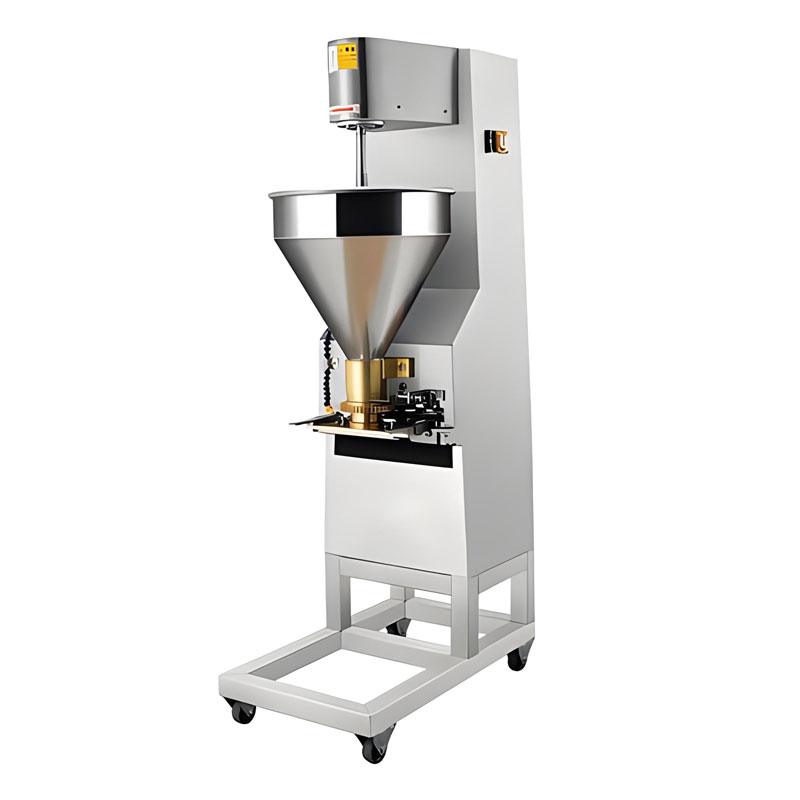
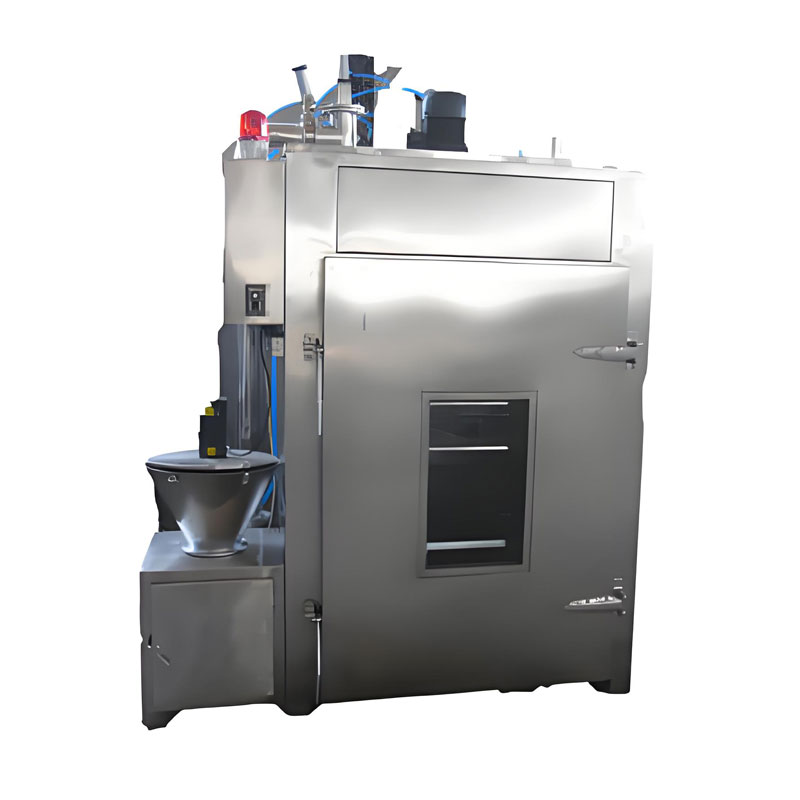
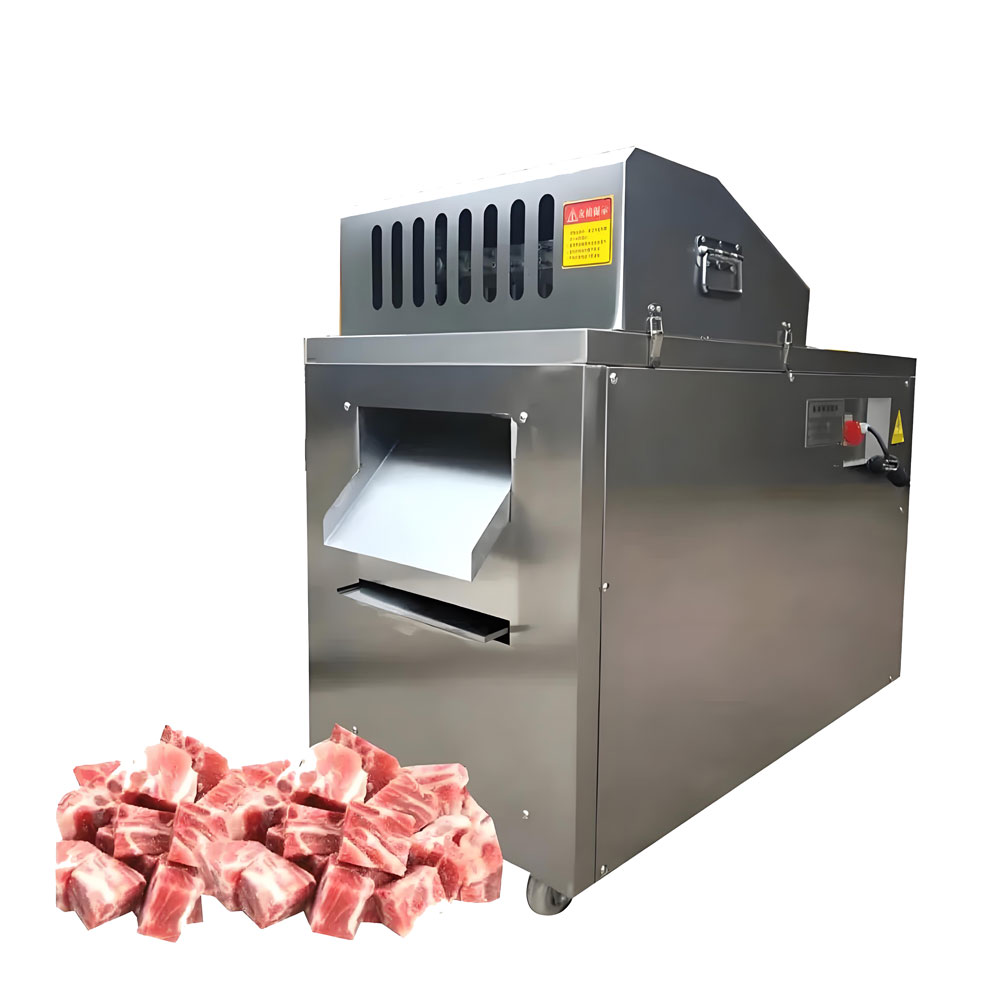
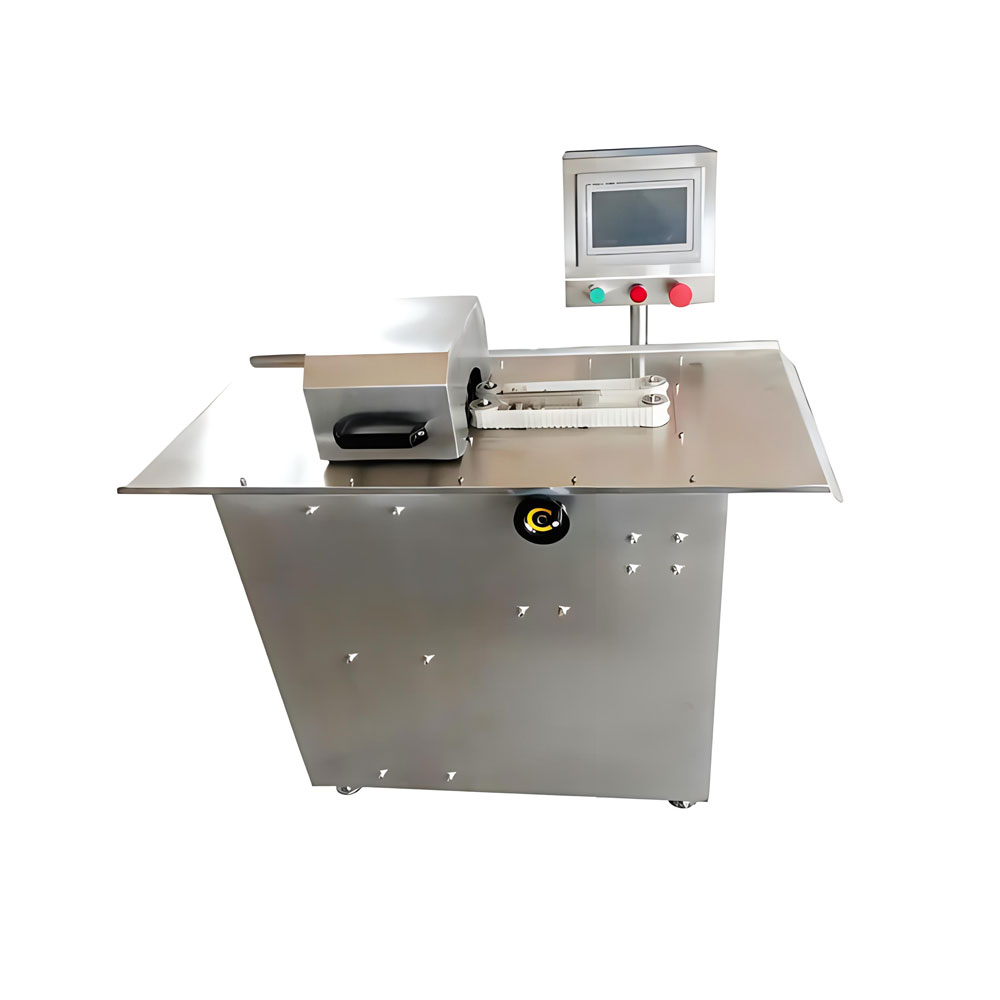
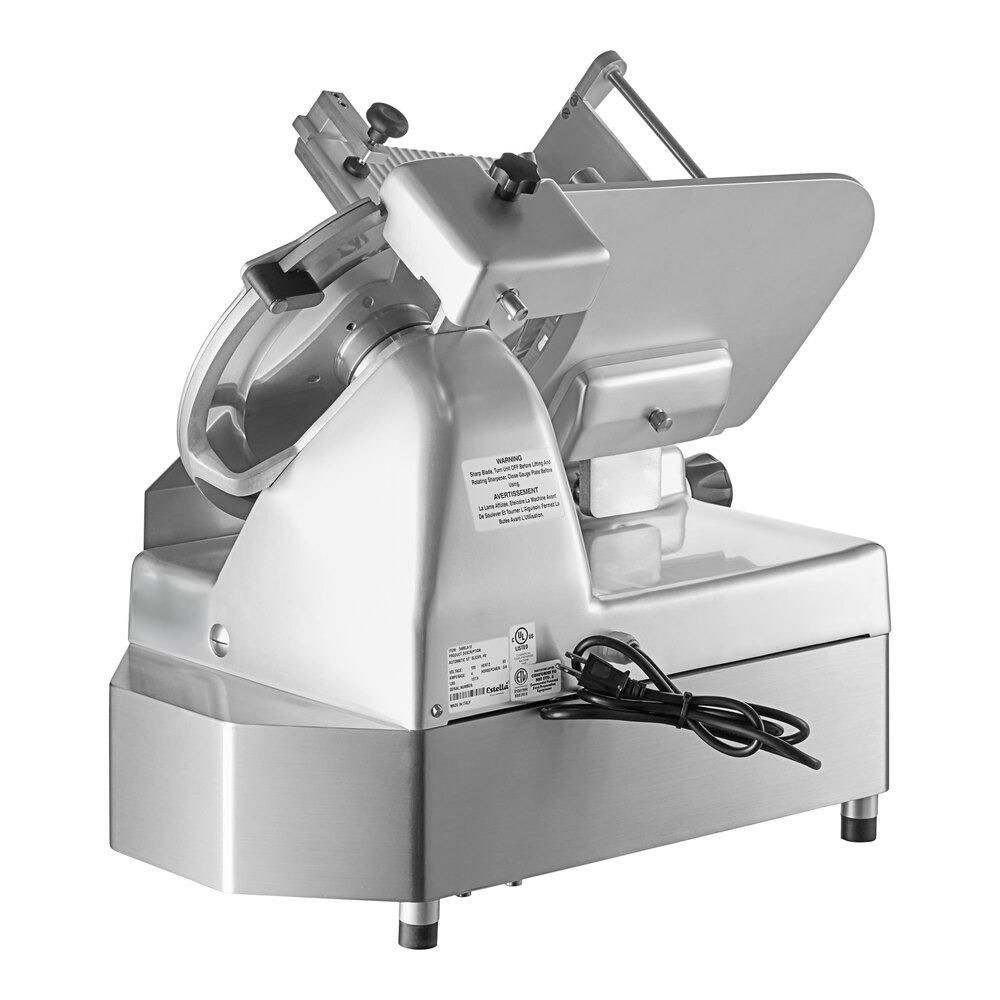
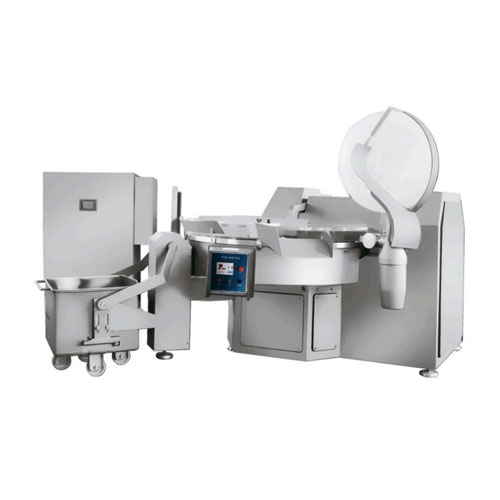
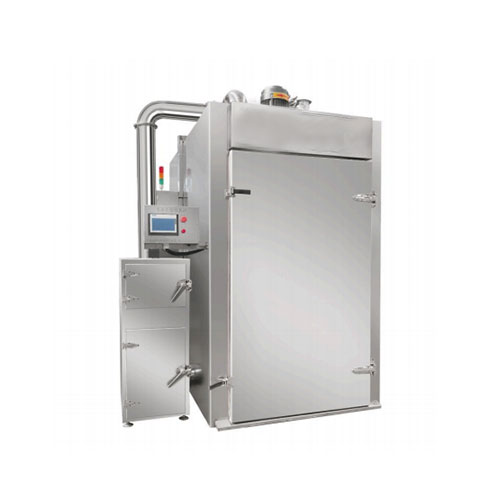
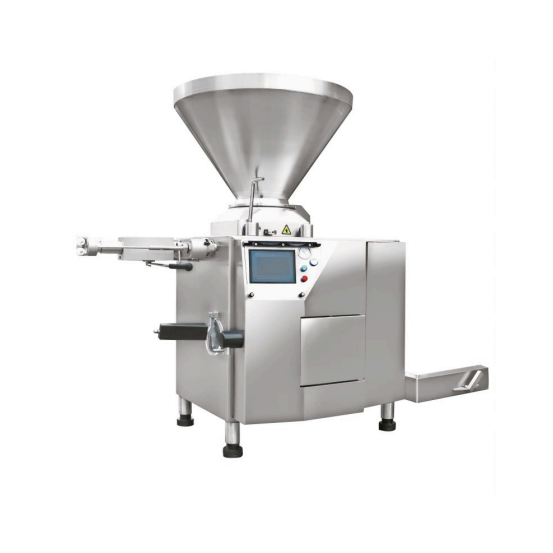
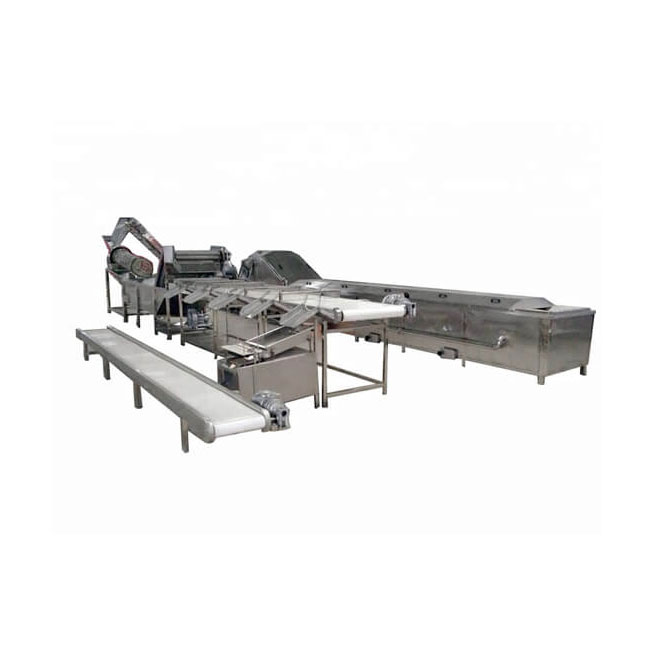
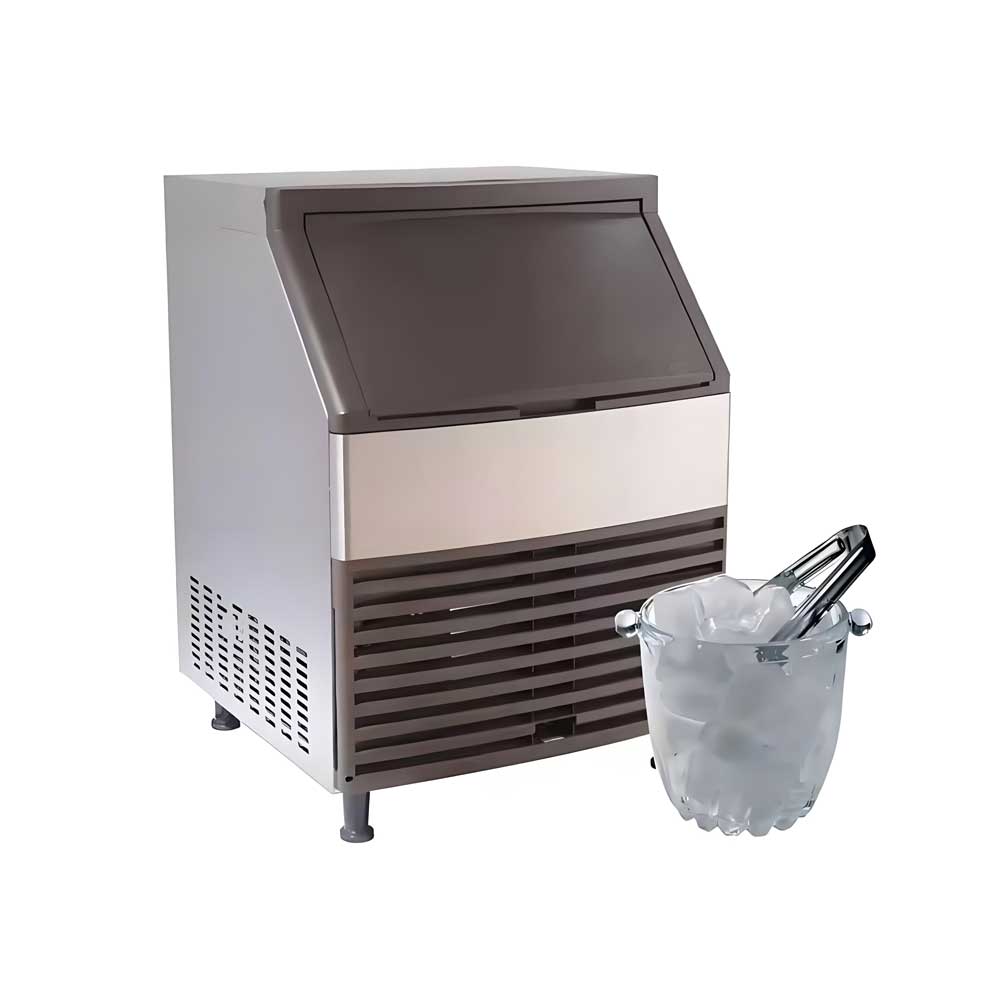
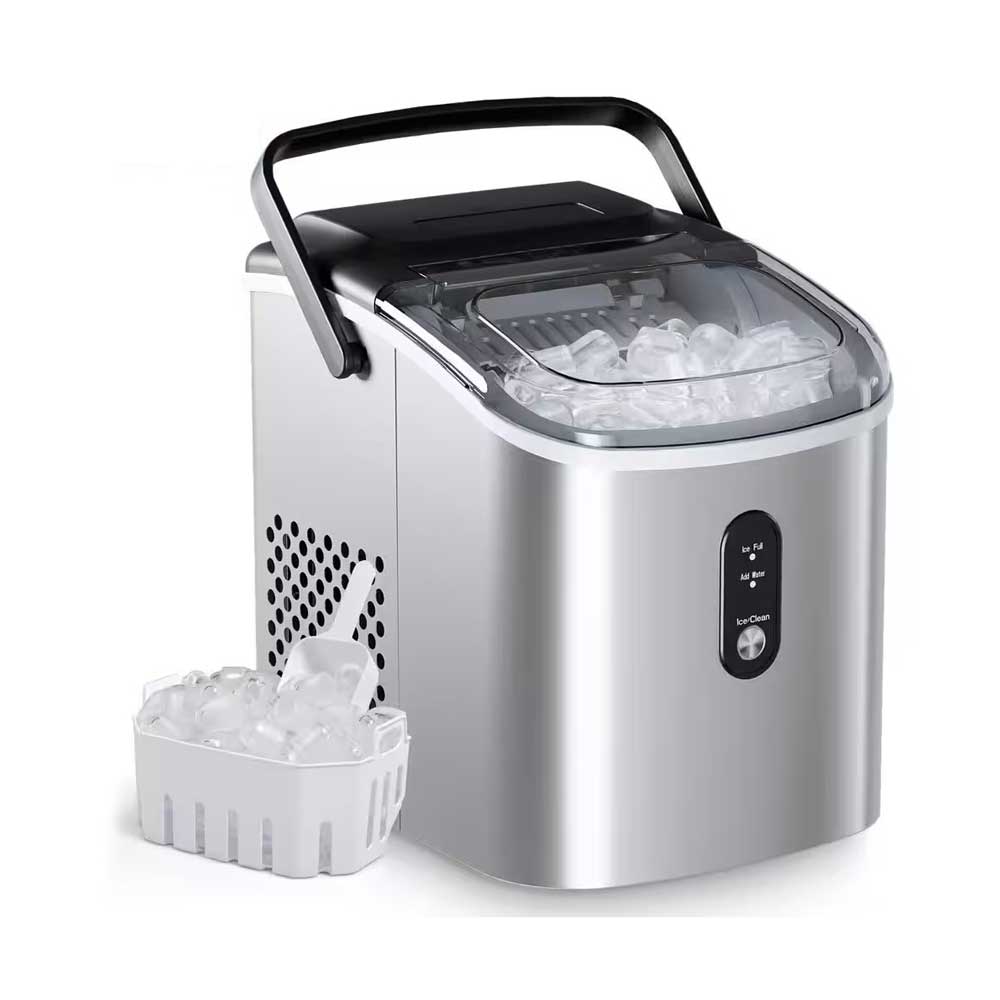 Portable Flake Ice Machine
Portable Flake Ice Machine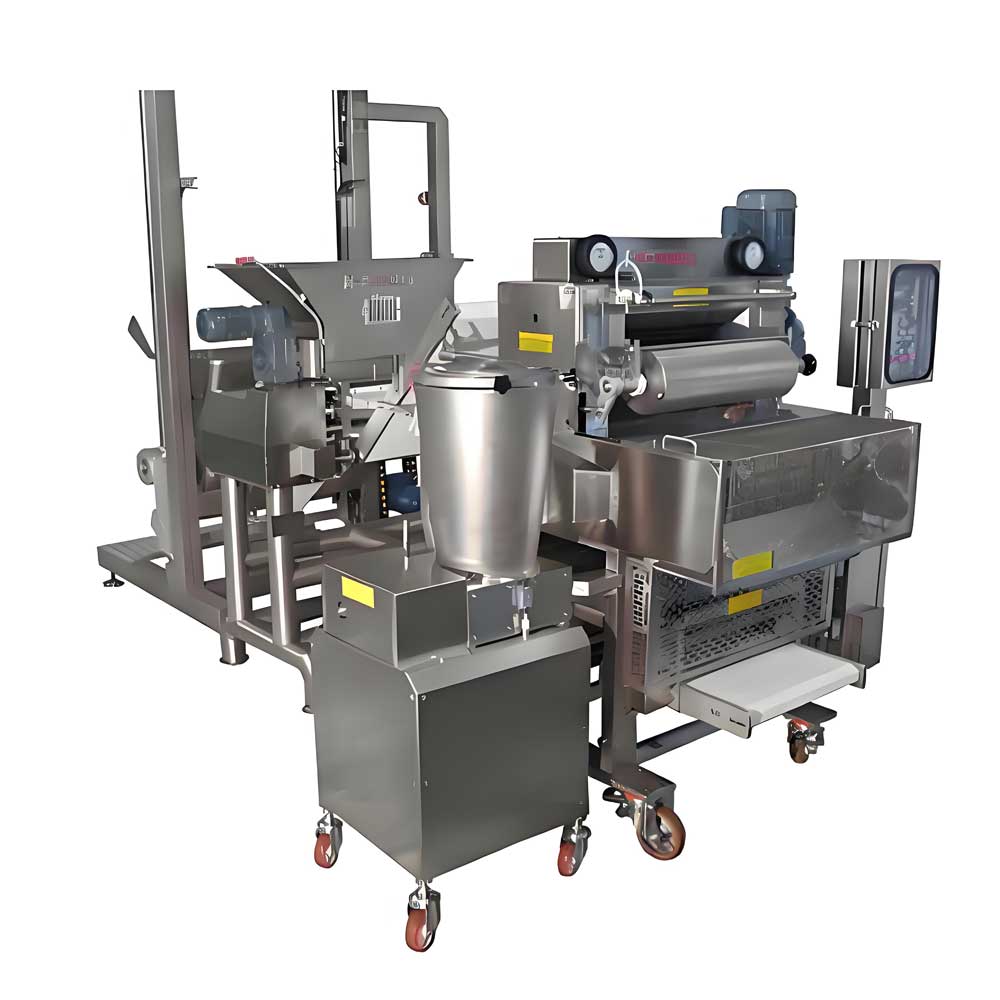 Pelmeni Making Machine
Pelmeni Making Machine
Ready to Get Started?